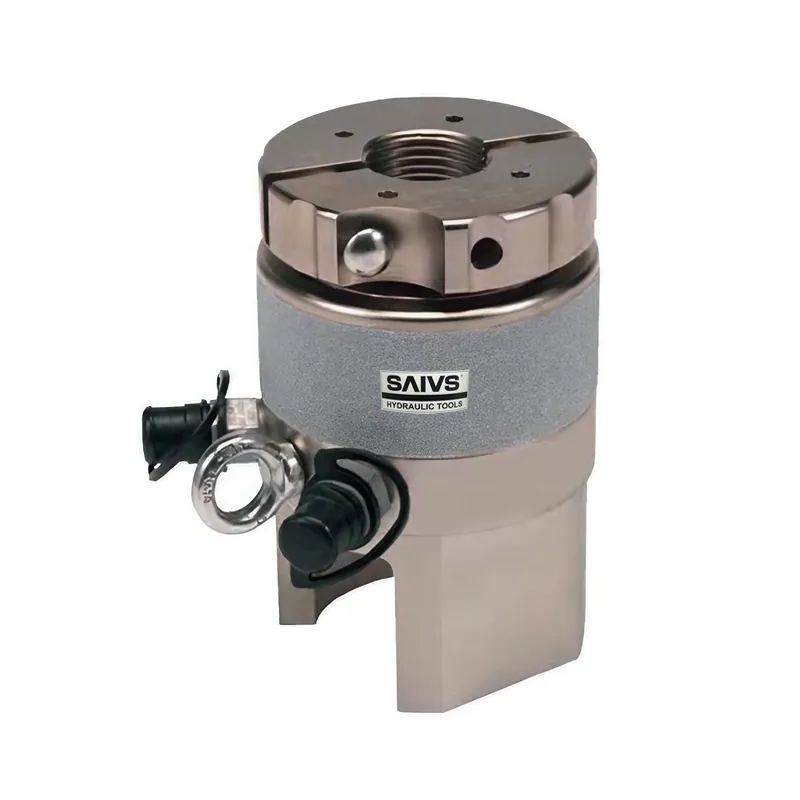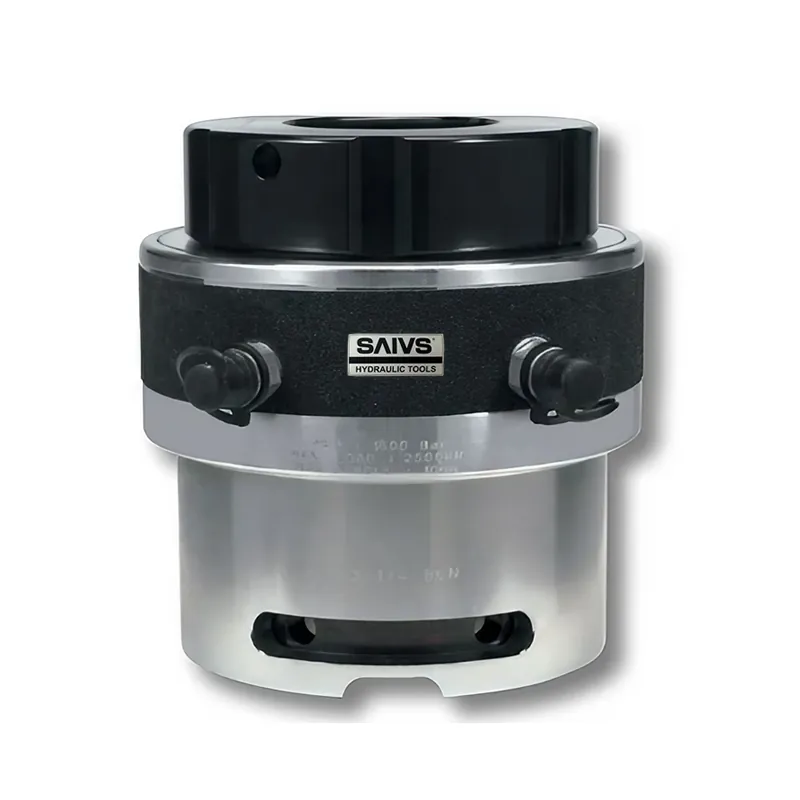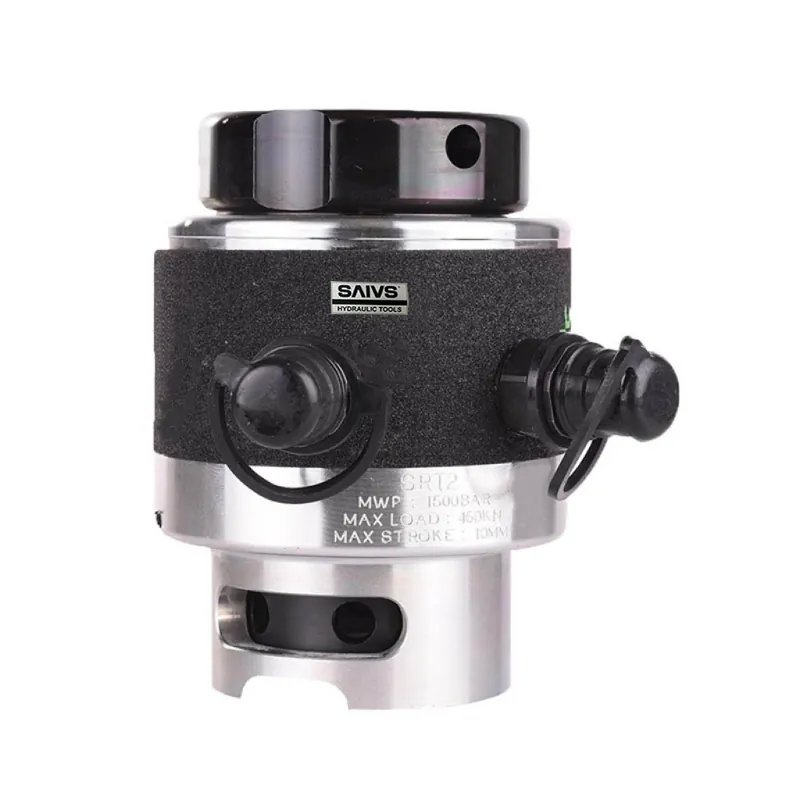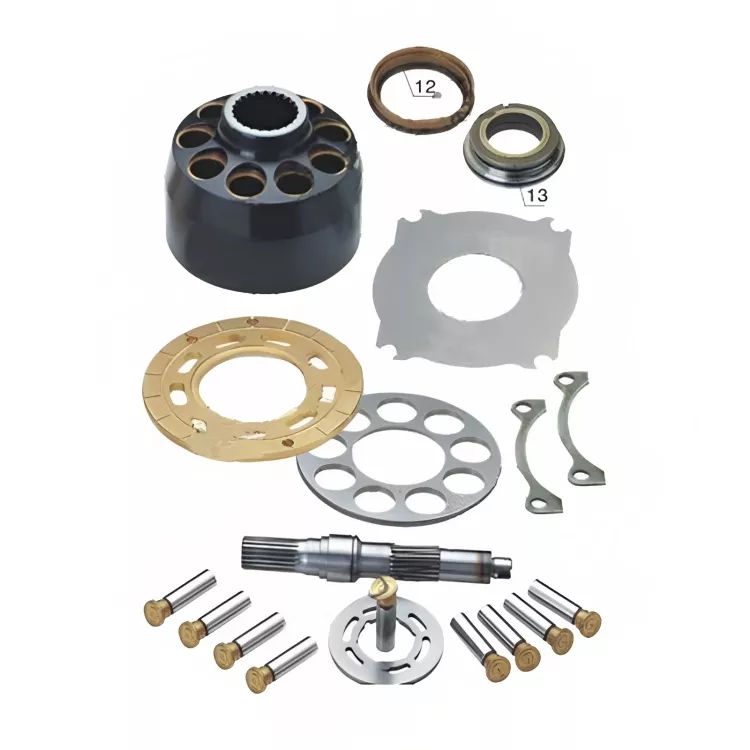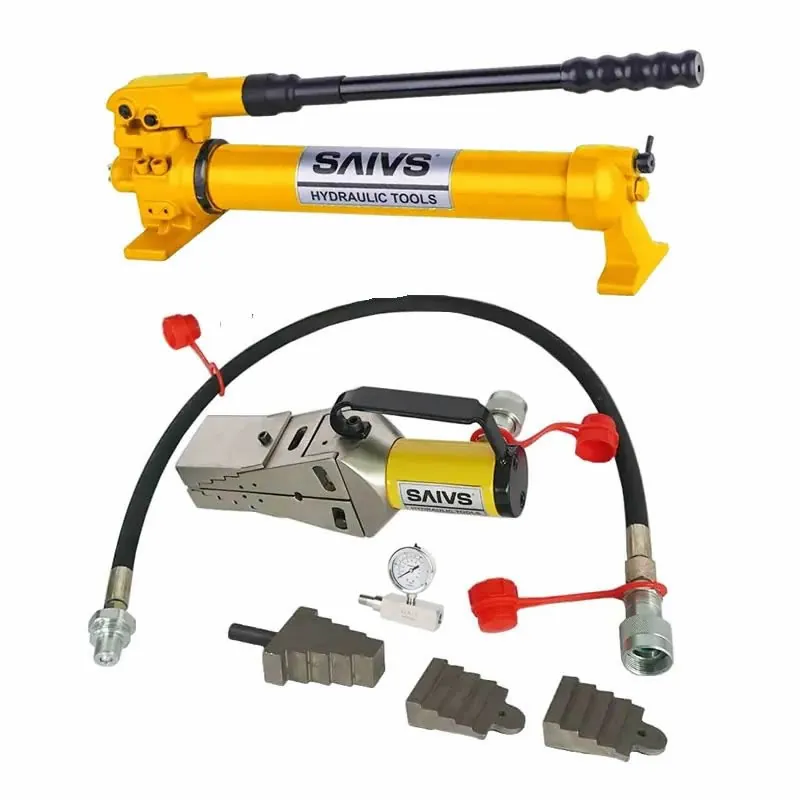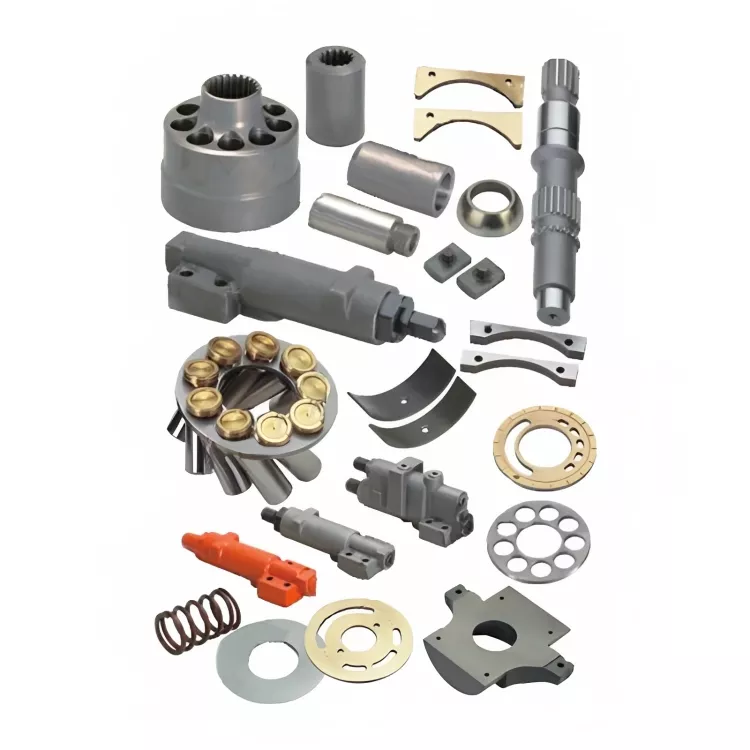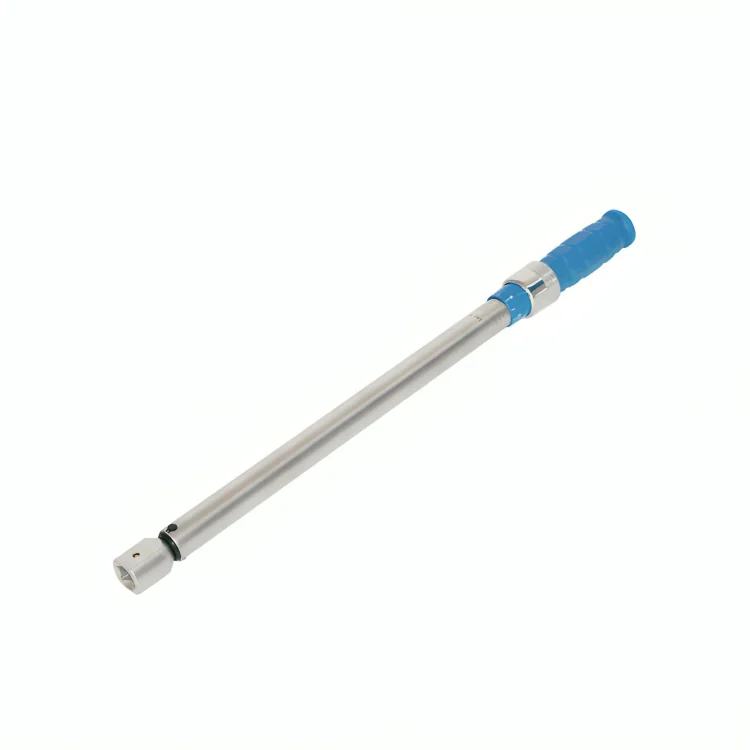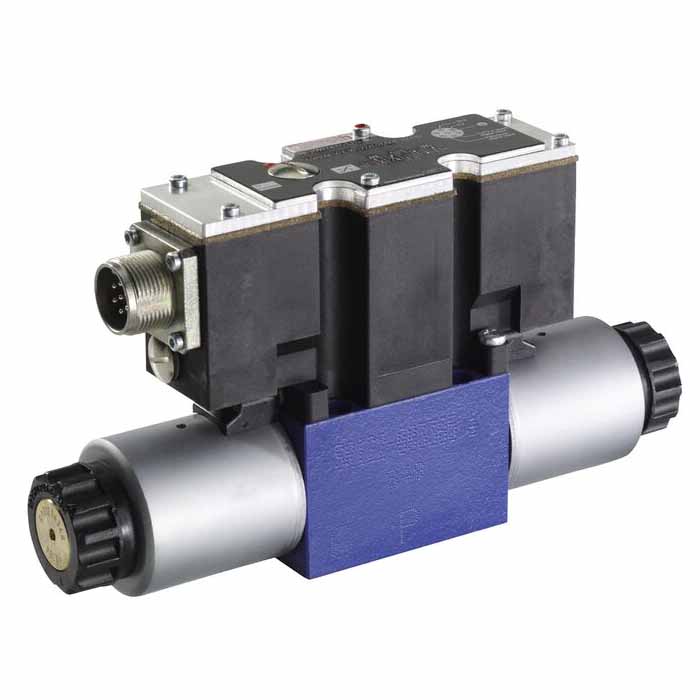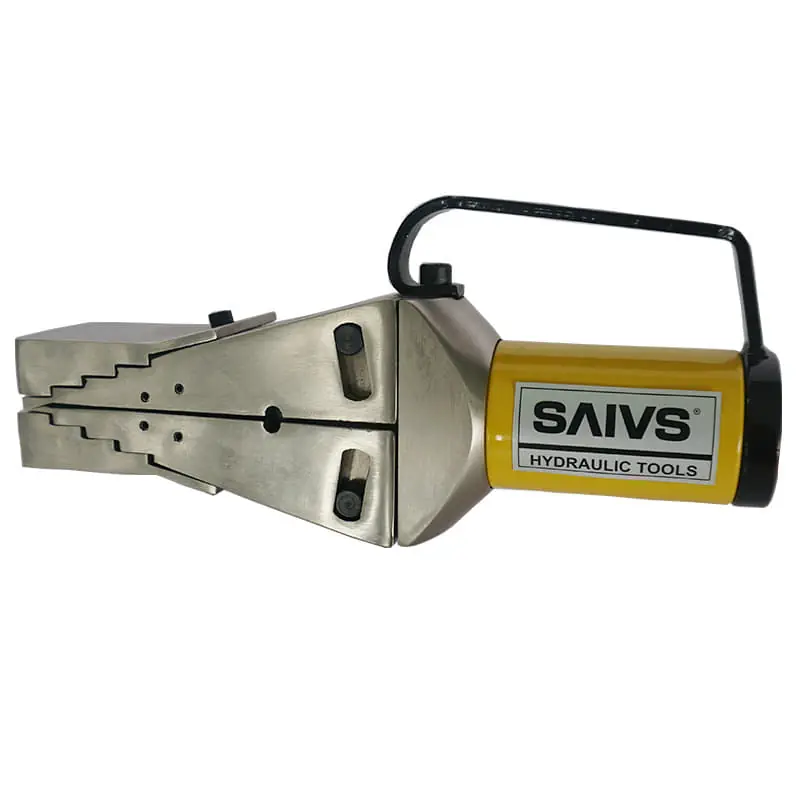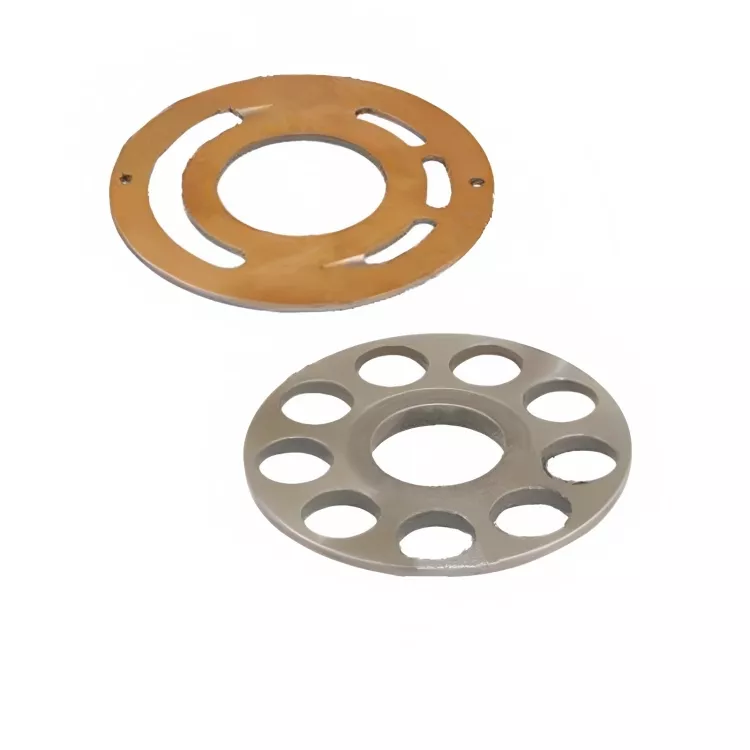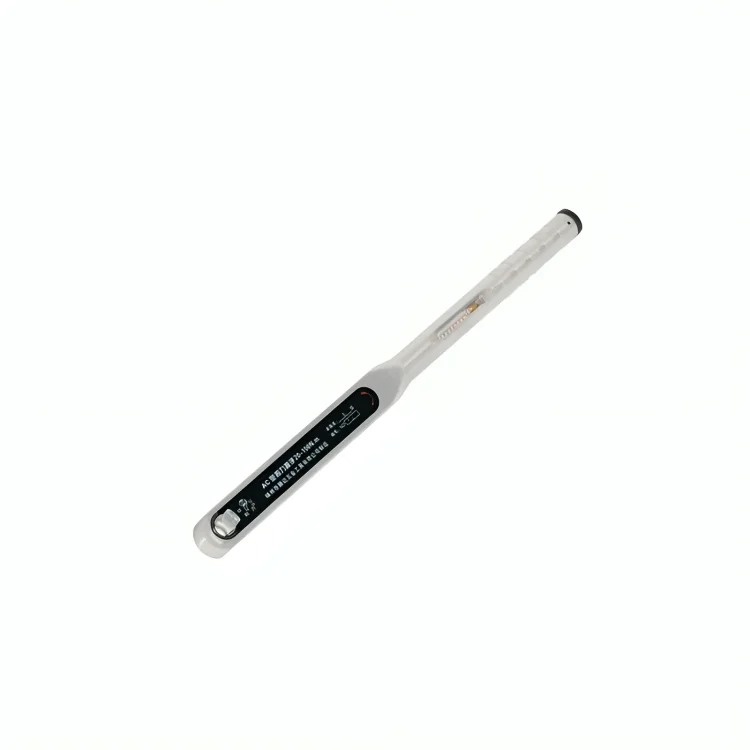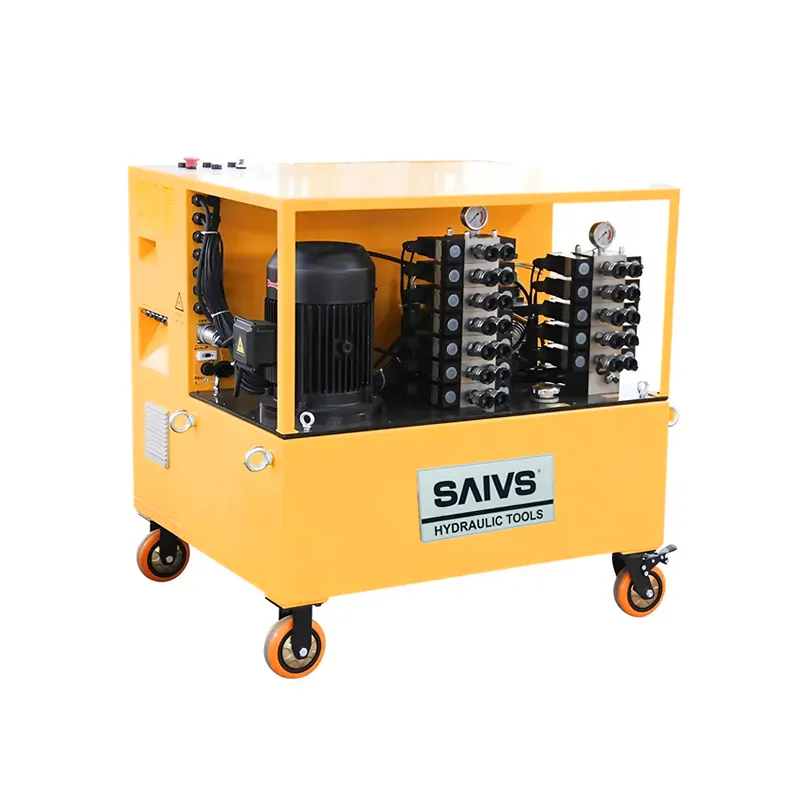Advantages of Hydraulic Bolt Tensioning in High-Stress Applications — SAIVS
Advantages of Hydraulic Bolt Tensioning in High-Stress applications — SAIVS
When it comes to assembling heavy machinery or sealing high-pressure pipelines, ensuring reliable bolt tightening is essential. Traditional torquing methods are often limited by friction and uneven force distribution, which can lead to leaks, failures, or costly downtime. Hydraulic bolt tensioning provides a precise, efficient, and safe alternative, making it the preferred method in industries such as energy, aerospace, petrochemical, and mining. This article explains the advantages of hydraulic bolt tensioning and why SAIVS equipment is trusted worldwide for critical applications.
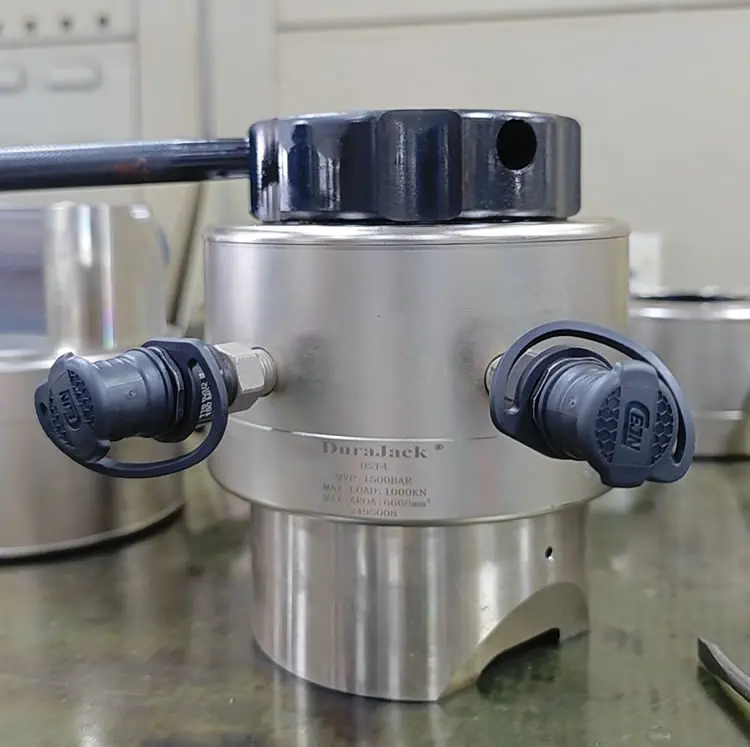
What Is Hydraulic Bolt Tensioning?
Hydraulic bolt tensioning is a tightening method that uses hydraulic pressure to stretch bolts axially. Instead of twisting the nut under friction, hydraulic tools directly apply tensile load, ensuring consistent preload across the joint. This eliminates variables such as lubrication conditions and thread imperfections, offering higher accuracy compared to torque-based tightening.
How It Works
The process involves placing a hydraulic bolt tensioner over the stud. High-pressure hydraulic fluid is then applied, stretching the bolt. Once elongated, the nut is rotated down to secure the position, and the hydraulic pressure is released. The bolt remains under uniform tension, ensuring the joint is secure and stable.
SST, 1500 bar Subsea stud Bolt Tensioners
Why Choose Hydraulic Bolt Tensioning?
Superior Accuracy and Consistency
Unlike torque methods, which depend on friction, hydraulic tensioning measures load directly through applied pressure. This ensures accurate preload, reducing the risks of uneven clamping and joint failure.
Improved Safety
Hydraulic Bolt Tensioners minimize physical strain and reduce the risk of injury compared to heavy torque wrenches. They are particularly important for large bolts used in turbines, pipelines, and pressure vessels.
Time and Cost Efficiency
Tensioning allows multiple bolts to be tightened simultaneously, saving time during assembly and maintenance. Faster installation reduces downtime and increases overall productivity in industrial projects.
Reduced Thread Damage
Because hydraulic tools tighten bolts without rotating the nut under heavy friction, galling and thread wear are minimized. This prolongs the lifespan of costly fasteners and reduces replacement expenses.
MRT, 1500 bar Manual Return Bolt Tensioners
Industries That Rely on Hydraulic Bolt Tensioning
Oil & Gas
Pipeline flanges and pressure vessel joints demand secure sealing under extreme pressures. Hydraulic bolt tensioners provide reliable preload for leak prevention.
Power Generation
In turbines and generators, precise bolt tension ensures long-term reliability. Hydraulic tensioning is vital for maintaining structural integrity in high-temperature conditions.
Wind Energy
Wind turbine maintenance requires precision and efficiency. Hydraulic bolt tensioners allow safe and accurate tightening of long bolts used in tower and blade assemblies.
Petrochemical and Mining
Heavy-duty equipment, reactor vessels, and heat exchangers rely on bolt tensioning to maintain safety and performance under harsh operating environments.
Key Factors to Consider Before Using Hydraulic Bolt Tensioning
Proper Tool Selection
Choosing the correct tensioner depends on bolt size, load requirements, and working space. SAIVS provides a wide range of bolt tensioning tools to fit different industrial needs.
Calibration and Maintenance
Regular calibration ensures the accuracy of hydraulic equipment. SAIVS offers calibration support to maintain long-term performance.
Correct Bolt Load
Engineers must calculate the right preload based on joint design, material properties, and operational conditions. Hydraulic tensioning ensures that this load is consistently applied.
Gasket Compression
In gasketed joints, hydraulic bolt tensioning ensures even compression, minimizing leaks without damaging the gasket material.
SRT, 1500 bar Spring Return Bolt Tensioners
Hydraulic Tensioning vs. Torque Methods
Main Differences
- Torque tightening relies on friction and can be inconsistent.
- Hydraulic tensioning directly applies axial force for uniform preload.
- Tensioning eliminates variables such as lubrication and thread wear.
When Torque May Still Be Used
Torque methods may be preferred for smaller, non-critical joints or where limited access prevents the use of hydraulic tools. However, for high-stress environments, tensioning is the superior solution.
Conclusion: Maximize Performance with SAIVS Hydraulic Bolt Tensioning
Hydraulic bolt tensioning offers unmatched accuracy, safety, and efficiency in critical bolted joints. For industries facing demanding conditions—whether in offshore platforms, turbines, or mining operations—SAIVS Hydraulic Tensioners deliver the reliability needed to maintain performance and safety standards. By reducing downtime, preventing leaks, and protecting fasteners, hydraulic bolt tensioning is an investment in long-term success.

